DBMS and SQL with MySQL

SQL (Structured Query Language) and DBMS (Database Management System) are essential components in the field of database management and data manipulation. Let me explain why they are important:
SQL (Structured Query Language): SQL is a domain-specific language used for managing and manipulating relational databases. It provides a standardized way to interact with databases, allowing users to create, modify, and retrieve data efficiently. SQL is not tied to any specific DBMS; it can be used with various database systems, including MySQL, PostgreSQL, Oracle, SQL Server, etc.DBMS (Database Management System): A DBMS is software that enables users to interact with databases and provides an interface to store, retrieve, and manage data efficiently. It ensures data integrity, security, and concurrency control, making it easier to handle vast amounts of information.
Honestly, in 2024 we are still coming across ‘web designers’ who can’t code their own designs. No excuse.
This course is designed to introduce learners to SQL and its practical implementation using MySQL, one of the popular relational database management systems. It typically covers the following topics:
- Introduction to Databases:
- Understanding what databases are and why they are crucial for managing data.
- Differentiating between various types of databases (relational, NoSQL, etc.).
- Introduction to SQL:
- Learning the fundamentals of SQL, including its syntax and basic commands.
- Performing simple data retrieval operations using SELECT statements.
- Data Manipulation:
- Inserting new data into the database using the INSERT statement.
- Updating existing data with the UPDATE statement.
- Deleting records with the DELETE statement.
- Data Querying:
- Retrieving data from single or multiple tables using complex queries.
- Using various clauses such as WHERE, ORDER BY, GROUP BY, and HAVING.
- Database Design:
- Understanding the principles of database design and normalization.
- Creating and managing database tables, constraints, and indexes.
- Advanced SQL:
- Working with subqueries to perform more sophisticated data retrieval.
- Using joins to combine data from multiple tables.
- Stored Procedures and Functions:
- Creating stored procedures and functions to encapsulate SQL logic.
- Executing stored procedures from SQL or application code.
- Database Administration:
- Managing database users, roles, and permissions.
- Backing up and restoring databases.
- Introduction to MySQL:
- Installing and setting up MySQL.
- Configuring the MySQL server and clients.
- Real-World Applications:
- Applying SQL and MySQL to real-world scenarios and projects.
- Understanding the role of SQL in web development and data-driven applications.
This course comes with hands-on projects, practical exercises, and opportunities for feedback to enhance your learning experience.
